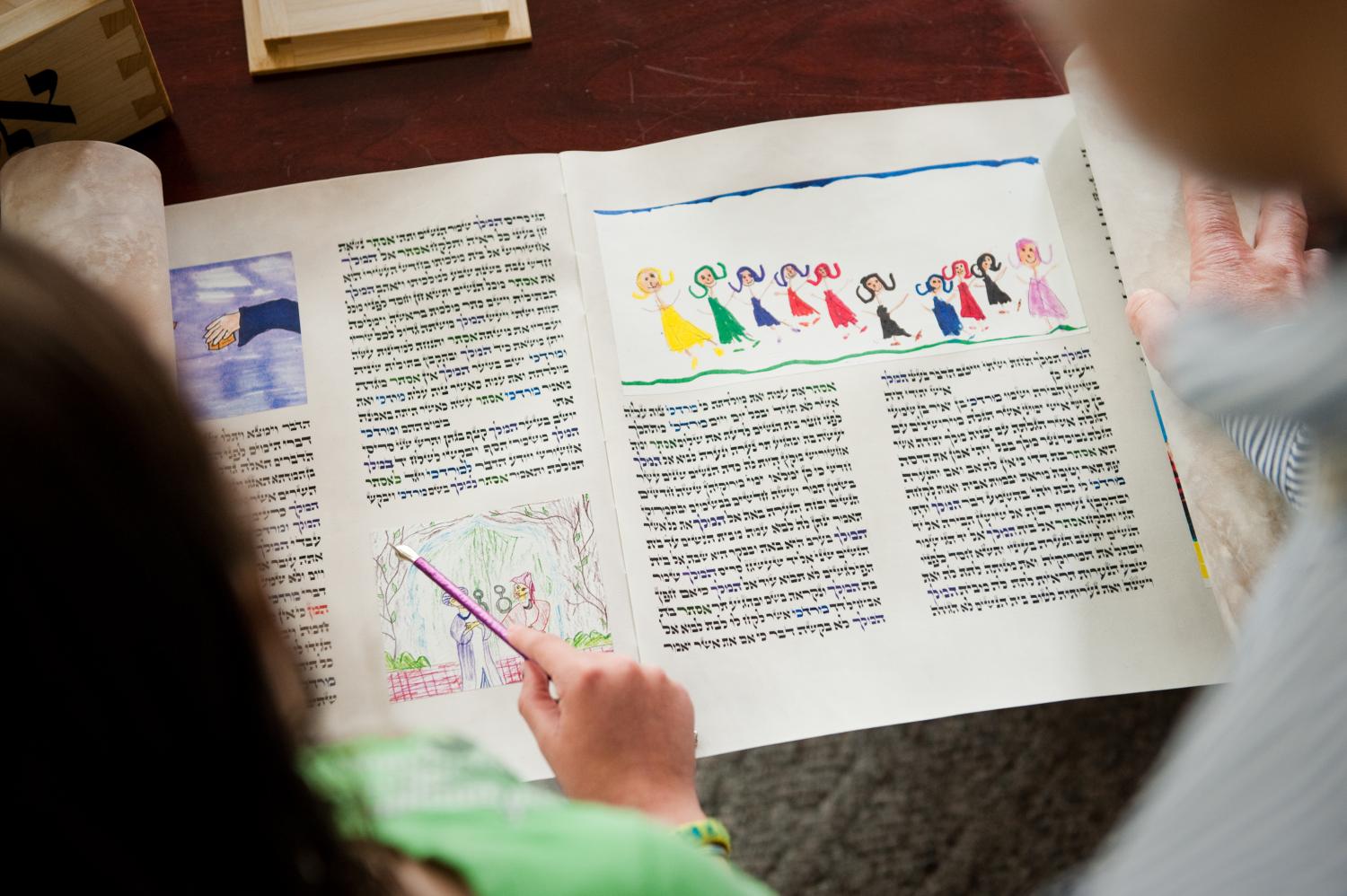
Is Purim about the hidden and the revealed? About the solemn task of using power wisely? About communal celebration? About the rights of Jews and of women? A deadly serious grown-up holiday, or a fun and frivolous day of festivities for children? Purim is all of these. While costumes bring a light note to our reading of the Megillah (Scroll of Esther), our gifts to the poor and to each other echo the themes of community and mutual responsibility. On Purim, we hear the story of Esther, participate in a festival meal (se’udat mitzvah), give tzedakah, and give gifts to friends (mishloah manot). Drowning out Haman’s name is now joined by waving Esther and Vashti flags, to call attention to these women’s complex and important roles in the Purim tale.
Blotting out our enemies through a ritual for eating hamantaschen
A wonderful suggestion for incorporating social justice into the tradition of noise making during the Megillah reading on Purim
Focusing on justice and salvation rather than vengeance
Esther fasted and asked all the people to join her in her fast before she approached the king. Norma Josephs suggest we use Esther’s fast as an opportunity to collectively protest the injustice done to women unable to obtain a Jewish divorce (get).
Honoring modern-day “Esthers” who raise awareness of injustice and mobilize for action
Join us for a special event and receive a new booklet of readings and creative prompts to guide you through the Festival of Lights.
Bring your candles, your curiosity, your voice, and your yearning.
Subscribe for the latest rituals, online learning opportunities, and unique Judaica finds from our store.